Problem Description:
Golf courses pride themselves in having the most pristine playing environment. With fast greens, clean fairways, and beautiful landscapes, golf courses get golfers to return to the course time and time again.
Golf course superintendents are responsible for maintaining the beauty of the course. Throughout the year the superintendent leads the grounds-keeping team to repair holes, mow grass, treat fungal infections, and strive to keep the course at the highest playing quality possible. Superintendents are limited in how much effort they can put into the quality of the course. These limitations restrict the amount of time the team has for improving the course quality, and the amount of expertise the team has to do golf course maintenance.

Currently, the grounds-keeping team spends 60\% of their time mowing grass\cite{interview-duxbury}. However, the different types of grass do not require an equal amount of time. Because of the large amount of rough acreage on a golf course, mowing the rough grass requires about 60\% of the grounds-keeping team’s mowing time\cite{interview-duxbury}. This means 36\% of their time is spent maintaining a part of the course that most players don’t play on.
The superintendent’s grounds-keeping team also tends to be made up of generalized workers. Workers are required to be able to mow grass, spread fertilizer, maintain trees, and do anything else required by the course. However, superintendents prefer to have a workforce of specialists rather than generalists. With specialists in areas like tree maintenance, fungal treatment, or sand-bunker construction, superintendents could bring their course to the next level of quality. The reason superintendents currently tend to have a generalist workforce is because specialists come at the cost of the age. Specialists are usually much older as they gain their experience over time. Because of the strenuous activity of mowing grass, superintendents are forced to hire younger, stronger workers who have less specialized expertise, leaving the grounds-keeping team without the advanced knowledge of improving a course.
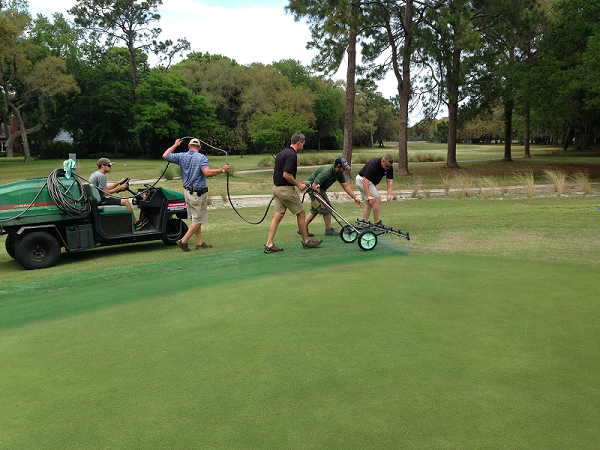
By eliminating the time spent mowing the rough on golf courses superintendents would be able to spend more time improving other areas of the course. It would also allow them to hire a more specialized workforce that can use their expertise to improve the current standards of golf course quality.
Removing the amount of labor spent mowing grass seems like a great opportunity for an autonomous mower. Unfortunately, no autonomous mowers that can mow hundreds of acres of land currently exist. The only autonomous mowers that have been widely commercialized are Roomba-like mowers that require a sensor wire embedded in the ground as an outline. This is infeasible for mowing areas the size of golf courses. Other autonomous mowers require ultrasonic or RF beacons for localization which are also not practical for large mowing areas like golf courses due to high infrastructure costs.
With no solution to autonomously mow the rough, our team set out with the goal of solving this problem. We aim to deliver an autonomous mower that can be deployed with minimal infrastructure to mow the rough of a golf course.
Use Case:
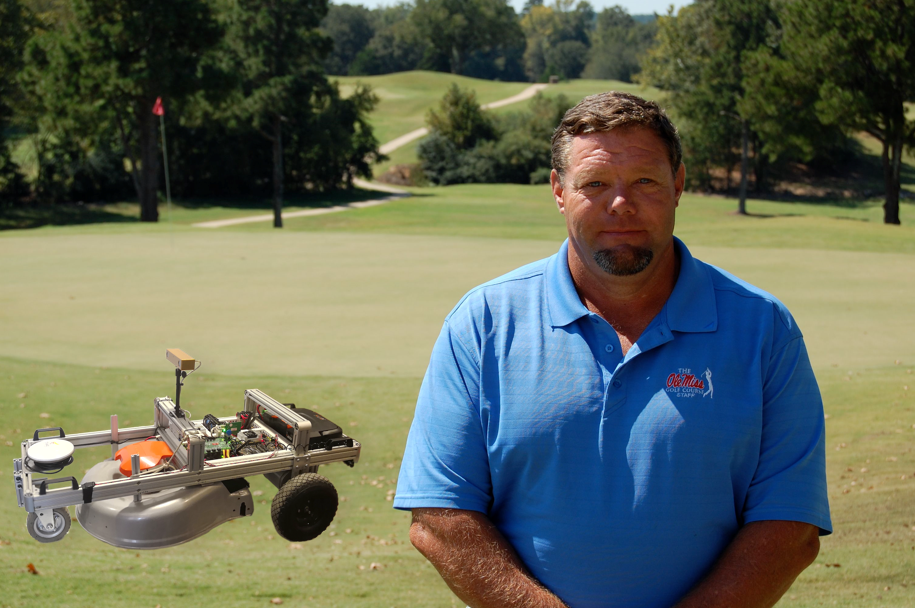 |
Meet Steve. He’s a golf course superintendent responsible for keeping the golf course looking professional. Right now, Steve and his groundskeeping team spend 65% of their time just mowing grass. To save time, Steve just bought a GroundsBot unit to autonomously mow the rough around his golf course. To start the mowing process, Steve first has to draw an outline of the area he wants mowed. |
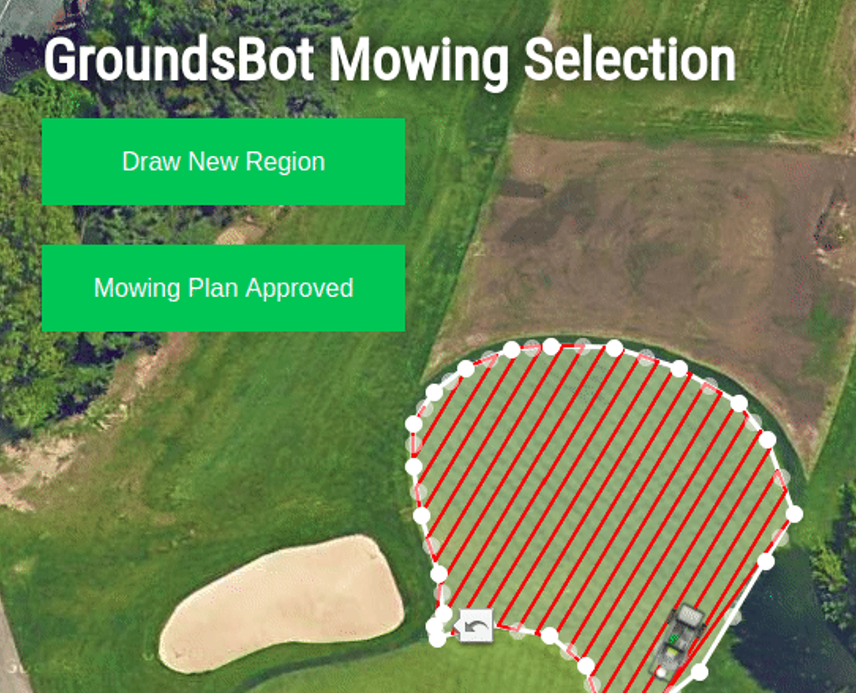 |
With the area to mow now outlined, the Groundsbot planning software creates a global route to cover the requested area. It avoids large obstacles like fairways, forests, and parking lots. GroundsBot receives the global route and localizes through GPS to determine where it is on the golf course. |
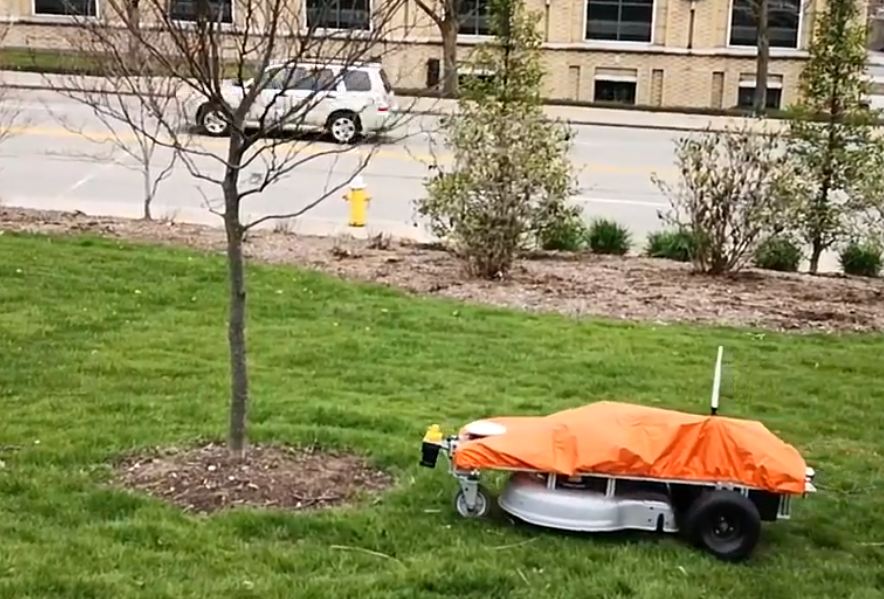 |
With the unit localized and a global plan uploaded, GroundsBot begins mowing the area specified by Steve. It moves back and forth cutting the grass precisely, matching the quality care provided by Steve and his groundskeeping team. If GroundsBot encounters unplanned obstacles like sand bunkers or trees, GroundsBot avoids the obstacle and cuts around it. Once GroundsBot has avoided the obstacle in its path, it continues with the original plan. |
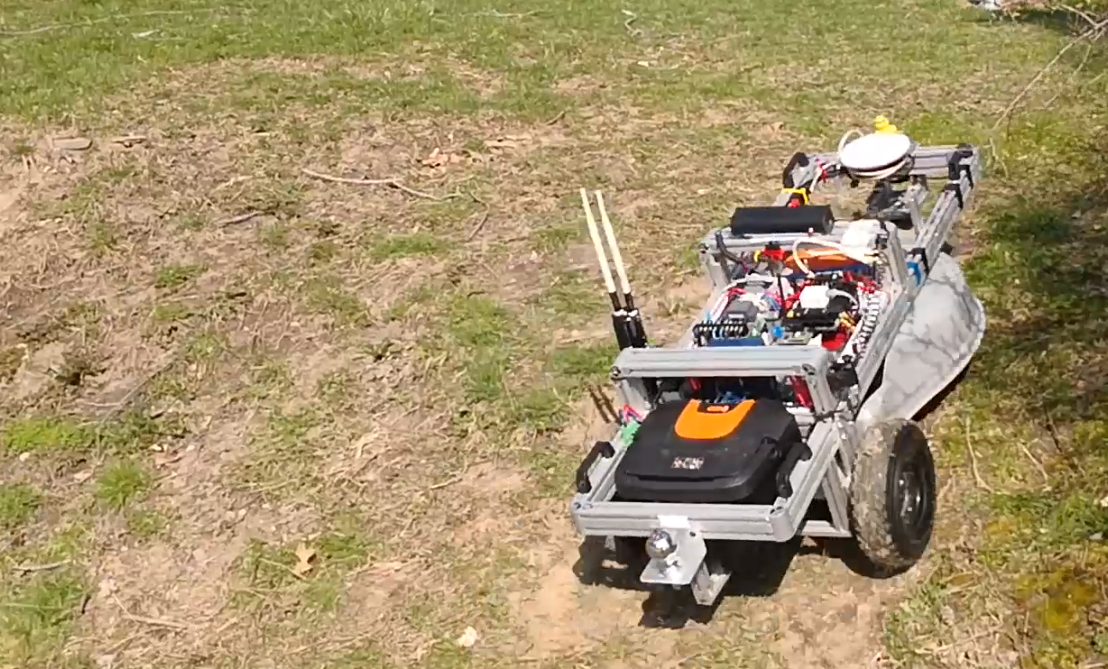 |
In order to maximize coverage, GroundsBot will navigate difficult terrain on a golf course, cutting the rough on steep hills. |
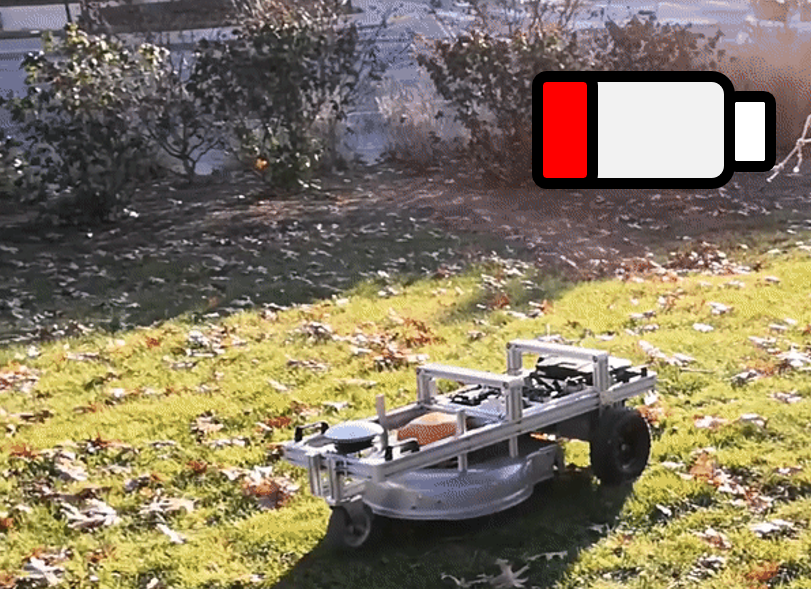 |
Once GroundsBot is finished or low on power, it notifies Steve and returns back home to be charged. |
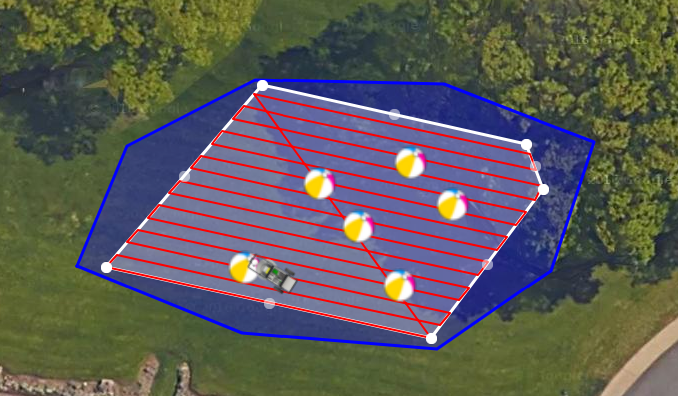 |
GroundsBot collected a lot of data while it was out cutting. It transfers diagnostics, coverage reports, and cutting data to Steve’s mobile device. From here, Steve can analyze what areas of the course GroundsBot missed and what areas he has to send his team out to trim or tidy up. |
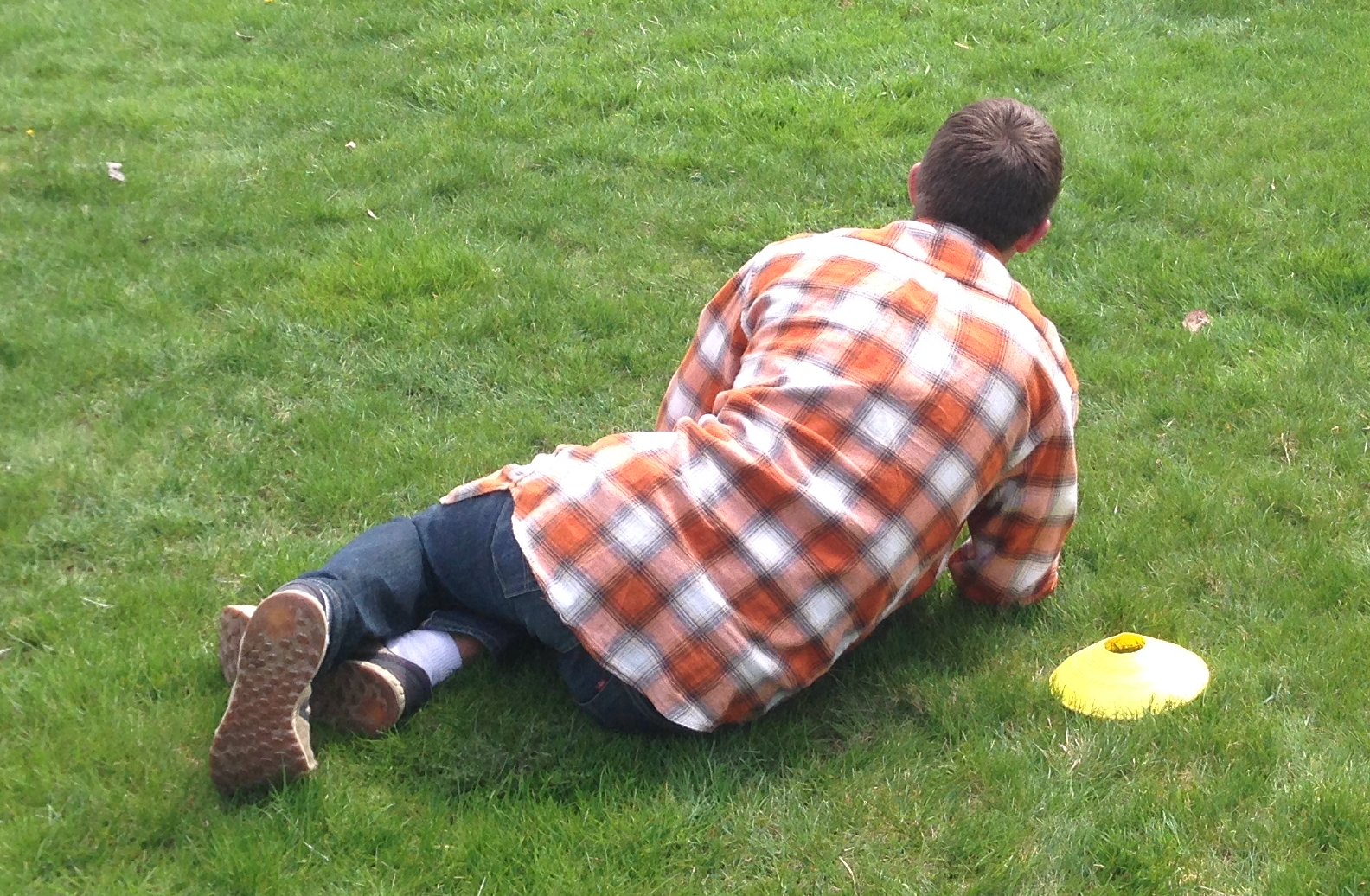 |
Steve sends out his groundskeeping team to quickly address missed spots or edging. This is a much faster experience for the team because they only have to touch up a few areas on the course. With the course looking professional, Steve and his groundskeeping team are happy they don’t have to worry about mowing the rough. GroundsBot recharges to prepare for another day of mowing. |